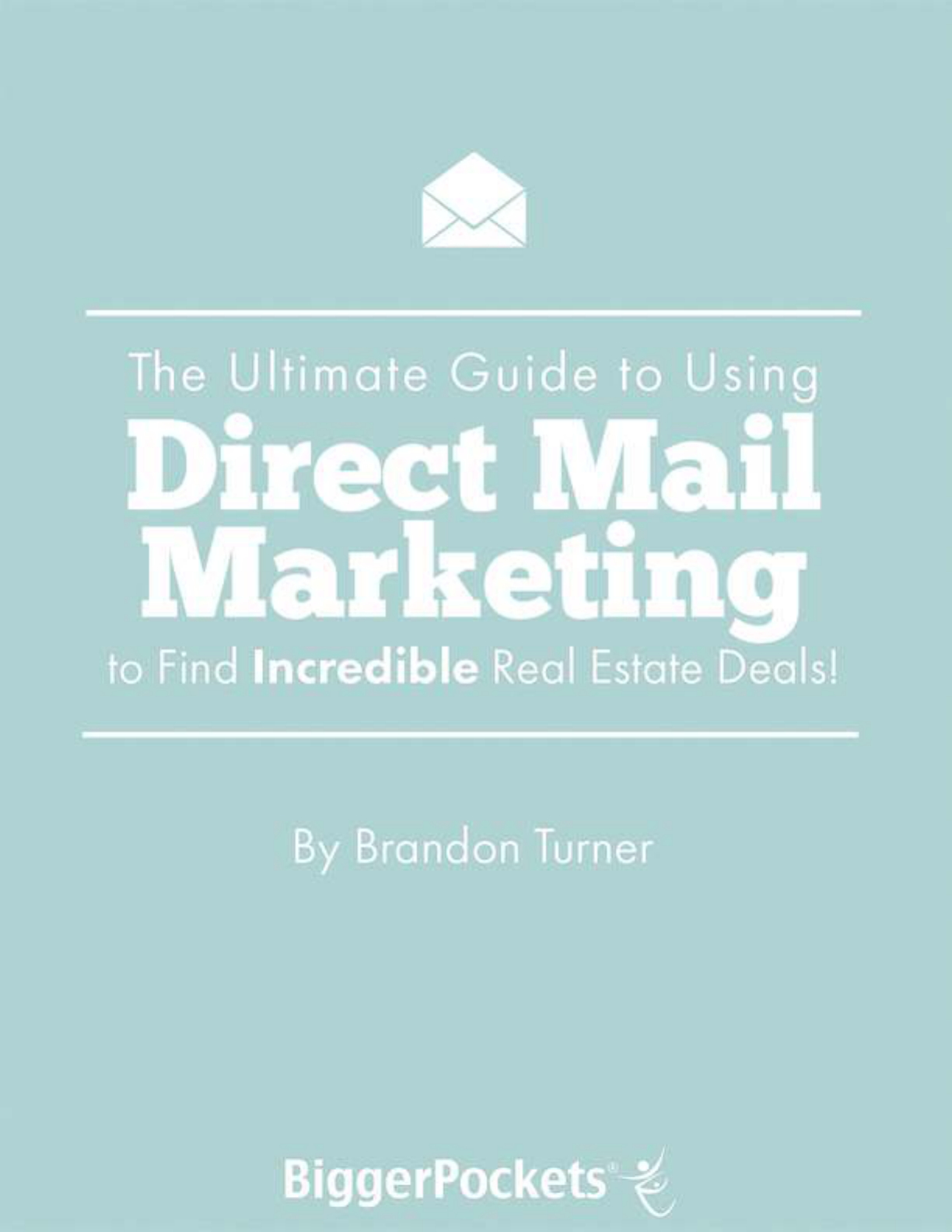

Last week I received a car key in my mailbox.
The key looked different... it had no grooves
in the side, just smooth.
Furthermore, the key was attached to a
brightly colored postcard that claimed
"You've Won!"
Did it have my attention?
Of course!
I had to continue reading, despite the fact that I knew
this was just another piece of junk
mail. Looking over the card I saw that a local car dealership was giving away a free car to
someone who would come down and test drive a car this weekend. (Reading the small
print I see that the odds of winning the car was 1/3,000,000 but the odds of winning a
free cup of coffee was 2,999,999/3,000,000. I wonder which prize I won...)
So why did the dealership send me this colorful postcard and key?
Simple: this is direct mail marketing, and it's used by millions of marketers all across
the world to sell products. From cars, to insurance, to mortgages, to electric fireplaces
and more, direct mail marketing is a proven technique for growing your business.
Today we are going to dive deep into the topic of direct mail marketing and focus
specifically on how you
can use direct mail to get new leads, expand your brand, and
grow your business. Welcome to the Ultimate Guide to Direct Mail Marketing!
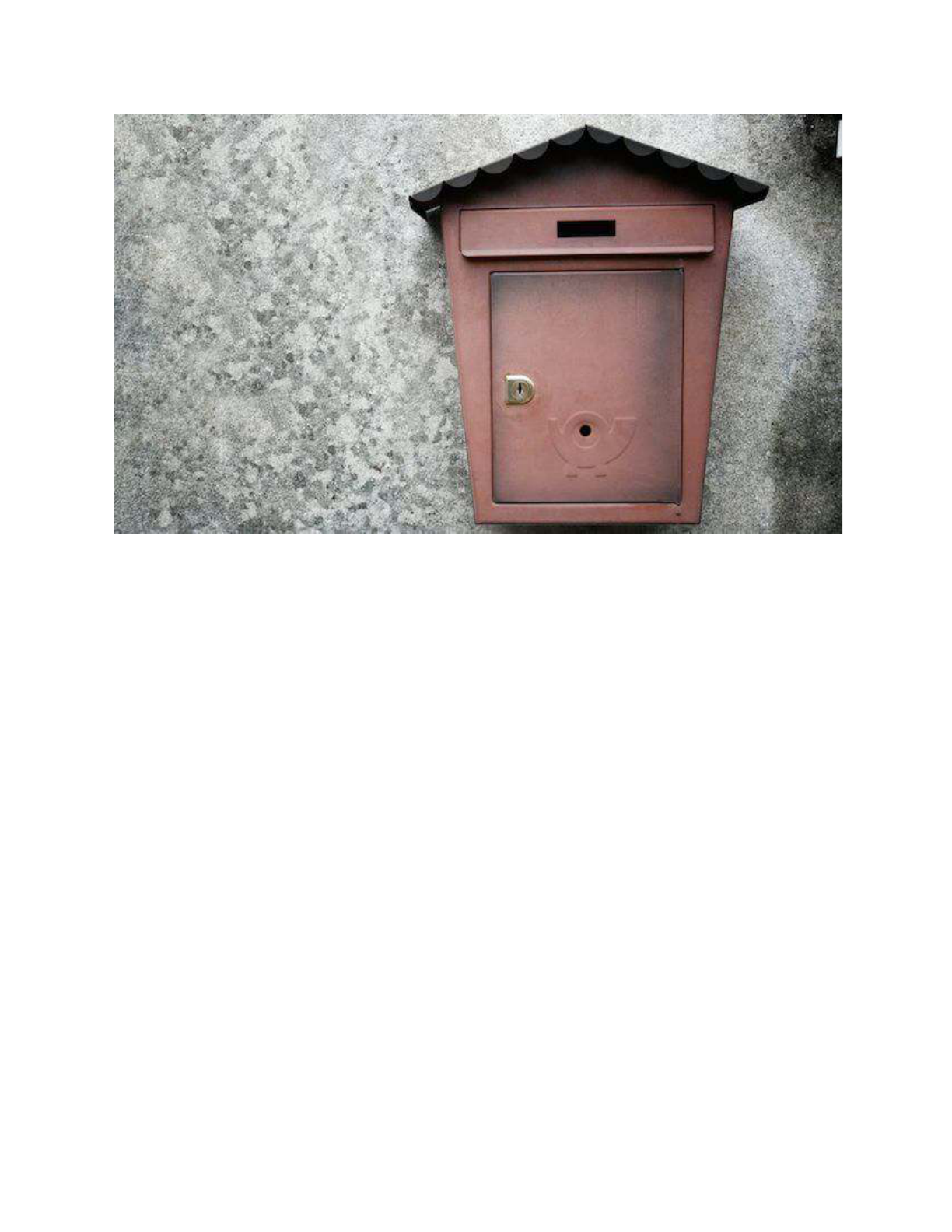
Direct Mail... What is it and How Does it Work?
Direct mail is the practice of sending mail to a targeted list of people with the
assumption that a very small percentage will respond to the campaign. Chances are you
receive a lot of direct mail every single day in your mailbox at home and just consider it
"junk mail" and toss it in the trash (like the postcard with the key I mentioned above.)
Have you ever wondered why
they send this junk mail? Because a small percentage will
end up responding to the mail and a small percentage of those
will end up buying the
product - making their campaign worth the expense. At its core, direct mail marketing is
about one thing: playing the odds. Let me give you an example of what I mean:
Wholesaler Kevin is looking to find real estate properties he can get under contract for
cheap. However, he knows that the MLS is drying up and all the good deals are being bid
up too quickly, forcing him to look elsewhere for deals. So Kevin turns to direct mail
marketing to find deals.

● Kevin sends out 1,000 letters to a targeted audience, costing him $1,000.
● Out of those 1,000 letters, 5% of the people call back Kevin (1,000 x 5% = 50
phone calls).
● Of those 50 phone calls, Kevin filters out the duds, negotiates, and gets the
contract on 2% of them (1 deal).
● Kevin then sells the contract to a local house flipper for $5,000.
As you can see in the example above, it cost Kevin $1,000 upfront to fund his direct mail
campaign but he was able to make $5,000 in revenue from that campaign, netting him a
$4,000 profit.
Hopefully you can see the potential here. What if Kevin took that $4,000 profit and put
it back into a direct mail campaign? Using the same percentages as above:
● Kevin sends out 4,000 more letters to a targeted audience, costing him $4,000.
● Out of those 4,000 letters, 5% of the people call back Kevin (4,000 x 5% = 200
phone calls)
● Of those 200 phone calls, Kevin filters out the duds, negotiates, and gets the
contract on 2% of them (4 houses).
● Kevin then sells the contracts to local house flippers for $5,000 profit on EACH,
for revenue of $20,000!
Kevin now turned that $4,000 into $20,000 using direct mail marketing. So what if
Kevin used that $20,000 and put it into another direct mail campaign? How much
could he make? I'll leave that to you to do the numbers! (hint... it's six figures!)
Direct mail marketing is exciting because it's scalable,
which means the more you put
in, the more you get out (within reason, which we'll talk about in a bit.) If you can get

those numbers to work - you can just keep pumping money into that ATM and keep
getting more money out of it, assuming you have a business system in place to handle
those leads, which we'll also talk about in a bit.
As I have said many times: math doesn't lie. It's a universal language, which means IF
you get a direct mail letter printed and sent for $1, and IF you can get 5% of people to
call about your letter and IF you can get 2% of those calls to sell you a great deal and IF
you can make $5,000 per wholesale deal - you WILL succeed at the rates seen in the
example above.
However, that's a lot of "IFs". Four of them to be exact. Those four metrics are:
1. Cost Per Direct Mailed Item
2. Call Response Rate
3. Contract Conversion Rate
4. Wholesale Fee
Therefore, the job of a direct mail marketer is to master those four IFs and ensure you
are meeting the minimum to make you succeed. What if only 1% of people call about
your letter, and what if only 1% of them accept your offer? The numbers look very
different (go ahead ... try it out and see.) What if your mail costs drop to $.50 per piece
of mail? What if it doubles to $2? What if you only want to make $2,000 per wholesale
deal? What if you want to make $10,000?
It's tough to say what a "typical" rate is on any of those things. Some marketers claim a
10% phone call response rate, where others claim 1% or less. Some claim to sign a
contract with half of the appointments they set, while others only close 1/10. These
numbers are going to vary wildly depending on numerous factors including:
● What list you are mailing to (we'll talk about lists in a bit.)

● What your direct mail says
● How good of a negotiator you are
● The price range you are looking in
● That market conditions
● The cost of your marketing
● ...and a lot more.
The fact is: you don't know what your conversion rates are going to be until you try. This
is why I recommend starting small and building larger as you begin to "crack the code"
on what works in your market.
Furthemore, having more of one metric and less of another is common. For example, if
you send to a particularly targeted list (which we'll talk about shortly) you may get only a
2% Response Rate to your ad, but you may close 30% of those calls. Other times, you
may get a 25% Response Rate and only close .5% of the calls. For this reason, many
people look at marketing, and direct mail in particular, as a game that needs to be beat.
It's one of the things that makes wholesaling so fun! The goal, however, is to beat the
game without spending all your money.
We are about to talk about a lot of different direct mail strategies, but keep in mind:
what works for one direct mail marketer might not work for another. A good marketer is
always testing, always tracking, and always perfecting their skills. This is what sets apart
a successful direct mail marketer from one who fails.
Let's go on and talk about some specifics with direct mail marketing, starting with "The
list."
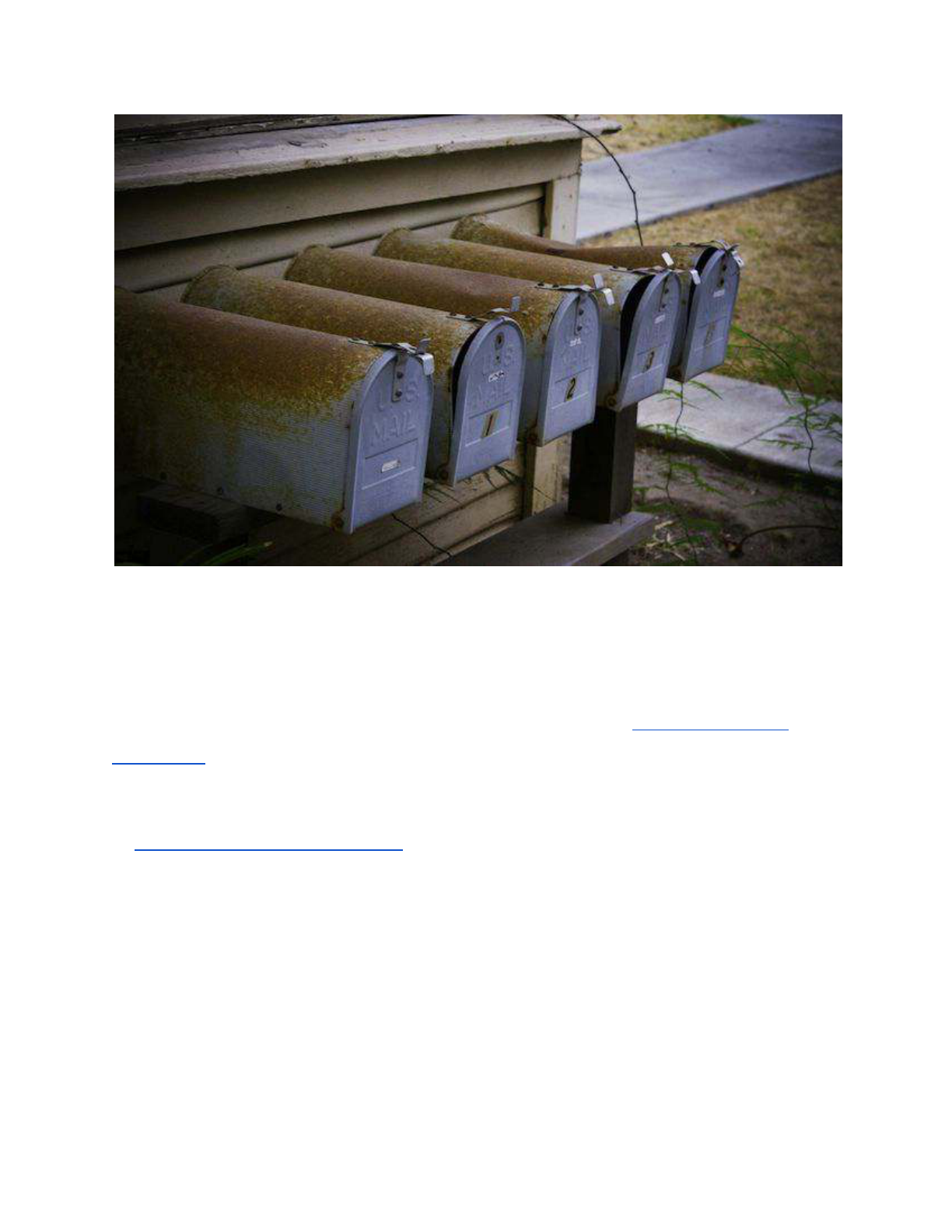
The Direct Mail List: Who Should You Mail To?
Before you can start printing your direct mail, you need to decide who
will be the
recipient of those letters. Yes, you could use something like the USPS's Every Door
Direct Mail service and hit every single home in an area... but the vast majority of those
leads would be pointless. Instead, you want to mail to people who fit a certain profile.
In a recent BiggerPockets Blog post, Joy Gendusa, CEO of PostcardMania, said this:
"First, you have to get the idea that 'marketing is persuasion' out of your head. You
aren’t convincing someone to buy from you. You are showing the recipient of your
card why you are the best choice in your industry. You know they are already going to
be interested in your products or services, because you are going to make sure of it by
finding a mailing list filled with prospects who are HIGHLY likely to be looking for
what you offer."

I think this quote perfectly summarizes why you should be targeting specific lists.
Simply put: in an ideal world, you would only mail to people who are already interested
in what you offer! Imagine getting 100% of people who you mail to to respond and sell
their home to you. Yes, it's probably impossible... BUT you can improve your response
and conversion rates by marketing to the right people. So let's talk about how
to do this.
There are numerous different lists you can mail to. I'll first discuss a few of the most
popular types of lists, and then go into the specifics of where to get these lists.
1.) Absentee Owners - these are owners whose mailing address is different from the
property address. This could be a number of reasons but typically indicates a rental
property. Many landlords find themselves motivated to sell because, quite frankly, they
are not very good landlords. Landlording is not easy, and many people fail at it. Other
times, absentee owners may be property owners who have moved from their primary
residence but failed to sell their previous home, or owners who inherited a property
from a relative.
2.) Inherited - Exactly what it sounds like: people who inherited a property.
3.) Eviction Records - For anyone who has been through the process of evicting a tenant
will understand - evictions can be extremely difficult to deal with emotionally. During
the stress of an eviction, many landlords realize they no longer want to own the property
and would gladly sell in a hurry.
4.) Probate - When a person passes away, depending on the way their estate planning
was set up, their home goes into probate. Often times, the family needs to deal with
emptying out the home, cleaning up the property, doing necessary repairs, and selling
the property. For many, this is simply an overwhelming task. This can make probate
lists very receptive to a direct mail campaign. Keep in mind, however, that you are
dealing with people in an emotional time, so an ugly yellow postcard might not get a
great marketing tactic.

5.) Pre-Foreclosures - When someone stops making their mortgage payment, the bank
will begin the process of foreclosure. During this time, it's possible to reach out to the
homeowner and offer to help stop the foreclosure and save their credit.
6.) Expired Listings - When people try to sell their home through a real estate agent but
are unable, the property becomes an expired listing. Although they may have had
trouble selling because the price was too high, there may also be other issues with the
property that made it difficult to sell. This is when an investor can come and help save
the day by purchasing the home from the motivated seller.
7.) Tax Delinquent - Not paying one's taxes is a good indication there is something
wrong and there may be significant motivation to sell.
8.) Divorce - I don't need to expand too deeply on this, but when people go through a
divorce: they often are VERY motivated to sell quickly.
Where to Find Lists?
Lists can be built in a few different ways; some free, some not. Let's go over the four
most common ways to build your list:
County/Public Records - You'd probably be surprised at the amount of information that
can be found through public records. Generally, it's the county assessors office that has
most of the pertinent information, and much of this can be obtained online. Keep in
mind - some counties are much better than others at keeping their records current. If
you are unsure of where to access your local government's public information, check out
http://www.netronline.com/ to find links to your county's public records.
Driving for Dollars - Definitely not the fastest way to build a list, but driving for dollars
can be one of the cheapest ways. Driving for dollars is the process of getting in your car
and driving around, looking for properties that indicate there is a problem, such as long
grass, boarded up windows, or public notice signs on the home. By writing down the

address, you can search the public records at home or on your smart phone to create a
list of potentially motivated sellers to mail to. For more on driving for dollars, be sure to
check out Chris Feltus' awesome post Driving For Dollars Bible, part I and part II.
List Brokers - Perhaps the fastest, and most expensive, way to compile a list is using a
list broker. There are several large companies that you can purchase lists from, but most
get their data from the same public sources that you can get data from. The most widely
used by investors seems to be ListSource, Melissadata, and Click2Mail.
When using the list brokers (and to some extent, the county records) you are also able to
narrow down your list to get even more specific. For example, you probably would not
want to mail to someone who just bought their home last year, because there is likely
not enough time for them to be "motivated." Additionally, you may only be interested in
buying certain property types or characteristics. For example, if three bedroom homes
are the most popular for flipping in your area and you plan to wholesale to a house
flipper, you may not want to mail to properties with only one or two bedrooms. For this
reason, it's important that you scale down your list more specifically.
Depending on the list site you use, you may be able to filter based on:
● Equity
● Number of Bedrooms/Bathrooms
● Year built
● Year the owner purchased
● Late payments
● Notice of Default filed
● And a LOT more

It's easy to get overwhelmed when trying to build your list. However, don't fret! There is
no "magic bullet" when it comes to direct mail marketing. As we'll talk about later under
the heading "Split Testing" - direct mail is not about getting the perfect list, but about
continually testing and tweaking to find a great list. So get out there, jump into the
BiggerPockets Forums and discuss the merits of what YOUR list should include, and
then do it. "Doing" is the only way to find success.
At this point, hopefully you have your list, or at least a firm grasp on how to build it.
Now it's time to start mailing... but first, what should you mail? The next section is going
to cover the two most common types of direct mail you can send.
Types of Direct Mail
When choosing what
to send to your direct mail list, you have a few good options.
Debates swirl as to the "best choice," but the following will give you a fairly good idea of
what's out there so you can make the best decision for you and your business. Keep in

mind: you don't need to pick just one form. Many wholesalers mail all three types, on a
rotation. Find something that works for you and your market!
Yellow Letters
Yellow letters are exactly what they sound
like: letters written on yellow paper. Usually
handwritten (or printed with a font that
looks
handwritten), these letters are
designed to look like they are personal and
not from a large business - like some average
guy quickly wrote a note and tossed it in the
mail. This casual style is designed to
encourage the lead to pick up the phone and
call you.
As mentioned above, yellow letters can either
be done by hand or printed from a computer
(you would be amazed at how realistic a
printed yellow letter can be) and
furthermore, you can either do them yourself or hire the job out. Many investors
without a lot of money to start with spend their evenings hand writing hundreds of
letters each night - but most quickly discover that it simply takes too much time. Some
investors hire people from Craigslist to write them, and still others hire large companies
to take care of the entire process. It really depends on your budget and your time
availability.
These letters are typically sent in an envelope, but marketers tend to find the best
success when the envelope doesn't look like a business envelope but rather a card from a
friend - with handwritten addresses and a slightly smaller envelope size.

How Much Does Yellow Letter Direct Mail Cost?
The cost of yellow letter direct mail depends greatly on whether or not you do the job
yourself. The paper, ink, and envelopes are inexpensive (under $.10 per piece of mail)
but the preparation and postage are the costs that quickly add up. Expect to pay between
$.40 and $.60 to do it yourself or $.75 to $1.50 if hiring an outside direct mail company
to handle the whole process for you, depending on what they offer.
Typed Letters
While most yellow letters are written like a 3rd grader, direct mail does not have to be so
casual in order to be successful. Many wholesalers find success by sending more
professional letters, complete with a company logo and sometimes a photo of the owner.

Others include a photo of the property itself, which can drive a lot of phone calls but can
be time intensive to create.
Perhaps the most common use for formal letters is the probate niche, where a bright
ugly yellow paper would simply offend the family of someone who just passed away.
When using a formal letter, consider handwriting the envelope to increase the open rate.
Many people simply throw away envelopes that are typed, so don't let your lead die in
the trash.
How Much Does Typed Letter Direct Mail Cost?
About the same as yellow letters.
Postcards
Postcards can be a cost effective way to reach more people in your direct marketing
campaign, as they are cheaper to produce and mail, though many marketers believe
better response rates can be achieved through letters. Again, it all comes down to testing
what works in your market.
How Much Does Postcard Direct Mail Cost?
Postcards can generally be printed for just pennies, and postage for a 1st class postcard
stamp is just $.34 at the time of this writing, meaning you could print and send
postcards on your own for under $.50 each or hire an outside company to do it for you
between $.40 and $1.00.

What Should You Say?
The purpose of your message is to get the reader to call you. Simple as that. However,
the way you do that is not as simple. Entire books have been written on the best way to
write sales messages and we can't get too in depth here on that. However, most
investors would agree: short
and sweet is best.
Your message should be
simple, to the point, and
"benefit driven." In other
words, the recipient should
be able to clearly know within
just seconds what's in it for
them. Some of the best
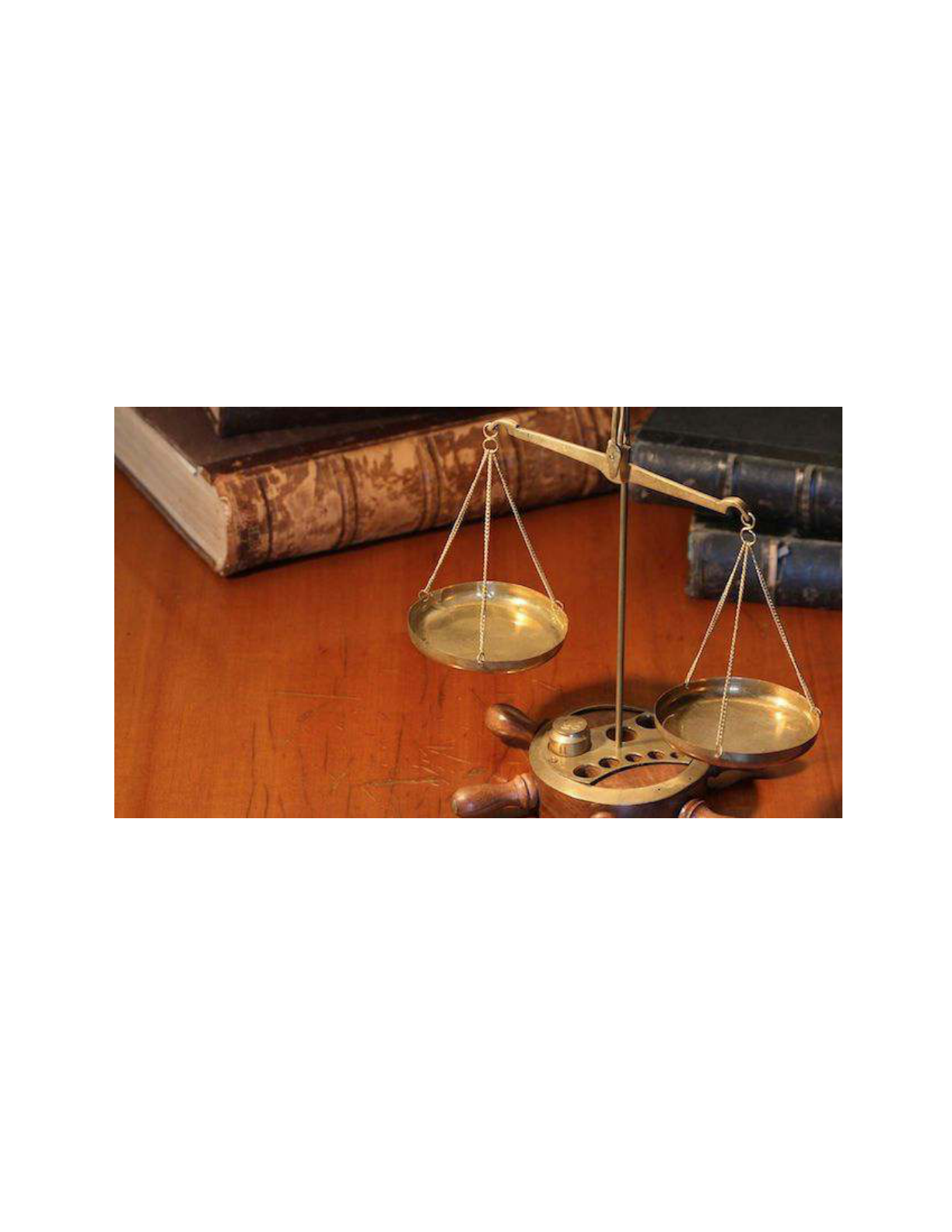
messages tend to be less than 20 words, and say something as simple as "I want to buy
your house for cash. I can close in 10 days. Please call me today!"
When drafting your message, it's okay to get creative. Remember the story at the
beginning of this article about the key I received in the mail from a local car dealership?
The key was just a gimmick to get me to read the junk mail... and it worked! So
experiment with ideas to get people to call you.
Speaking of experimenting, let's talk about that.
Split Testing
No matter how smart you are (or think you are) the fact is: you don't know what is going
to work. Is a message on a yellow piece of paper going to get more calls or a message on
a white piece of paper? What about a blue envelope versus a red envelope? What about a
long message versus a short message?

We can make guesses and assumptions all day long, but until you get out there and try
it, an assumption is all it will ever be.
Split testing is the process of trying out different things and tracking the results. For
example, you may want to set up two phone numbers for people to call. On half of your
direct mailers, with the yellow paper, offer Phone Number A. On the other half, with the
white paper, offer Phone Number B. Then send them out - and see which group offers
the most calls. It's important that you be extremely diligent in keeping good paperwork
on how well your split tests perform, or it will quickly overwhelm you.
It's unlikely that small changes like the color of paper will make that big of a difference.
However, larger changes (like including a fake key) may drastically change your results.
Even a small difference in conversion rates can make a drastic change on your bottom
line. For example, if 5% of people usually call on your direct mail letter and you can
increase that to 8%, it my seem small but if you are mailing to 2,000 people a month
that's a difference of 60 phone calls. If you close 5% of those deals, that could be an extra
three deals every month - just by raising the phone call conversion rate from 5% to 8%.
Now don't you think it's worth spending some time on a split test? I can almost
guarantee - the local car company did their split testing and learned that the key
provided a higher conversion rate.
Additionally, when split testing, it's important that you allow for enough results to
consider the test valid. For example, if you send out 10 letters to group A and 10 to
group B, and Group A gets you 3 phone calls and group B gets you 4, don't assume
group B was better. With such a small number it's hard to get a solid grasp on a "trend."
Maybe a couple people in Group A were out of town, or were dead, or whatever.
Therefore, I'd recommend sending to at least 500 per group to do an adequate split test.
A good marketer is always testing, tweaking, and improving in an effort to achieve the
greatest return on investment. Once you "crack the code" to a successful direct mail

campaign, you can ramp up your marketing and make an incredible profit for your
business.
How Often Should You Mail?
Do you remember the first
time you ordered something
from Amazon? Best Buy?
Ebay?
Chances are, the first time
you purchased from them
was not the first time you
heard of them. People usually
need to build trust with brand
before making big decisions
with a company. The same is true for wholesalers. When a person receives your direct

mail for the first time, chances are - they will ignore it. However, after receiving multiple
letters they build familiarity with your brand and trust is built.
Some wholesalers suggest mailing every month to your list. Others put their list on a 3
month rotation (1/3 of the list each month, so people receive four letters per year.)
Others simply mail every other month.
How often you mail will depend largely on the list you mail to and ... going with your
gut. It can be difficult to "split test" how often to mail so you may just need to pick a
frequency and run with it. I would suggest somewhere between once a month and once
every three months. Then, continue to mail until one of three things happen:
1. They ask you to remove their name from your list.
2. You buy the house.
3. They sell the house to someone else.
A "no thank you" is often just a "not right now." Most successful wholesalers can tell you
story after story of deals they've done with sellers after being told "no" more than once.
As we talked about earlier in the quote from Joy Gendusa, direct mail is about being the
solution sitting on their kitchen table the day they realize they have a problem. Only by
regular mailing can you optimize your chance of being the solution on the day they need
it.
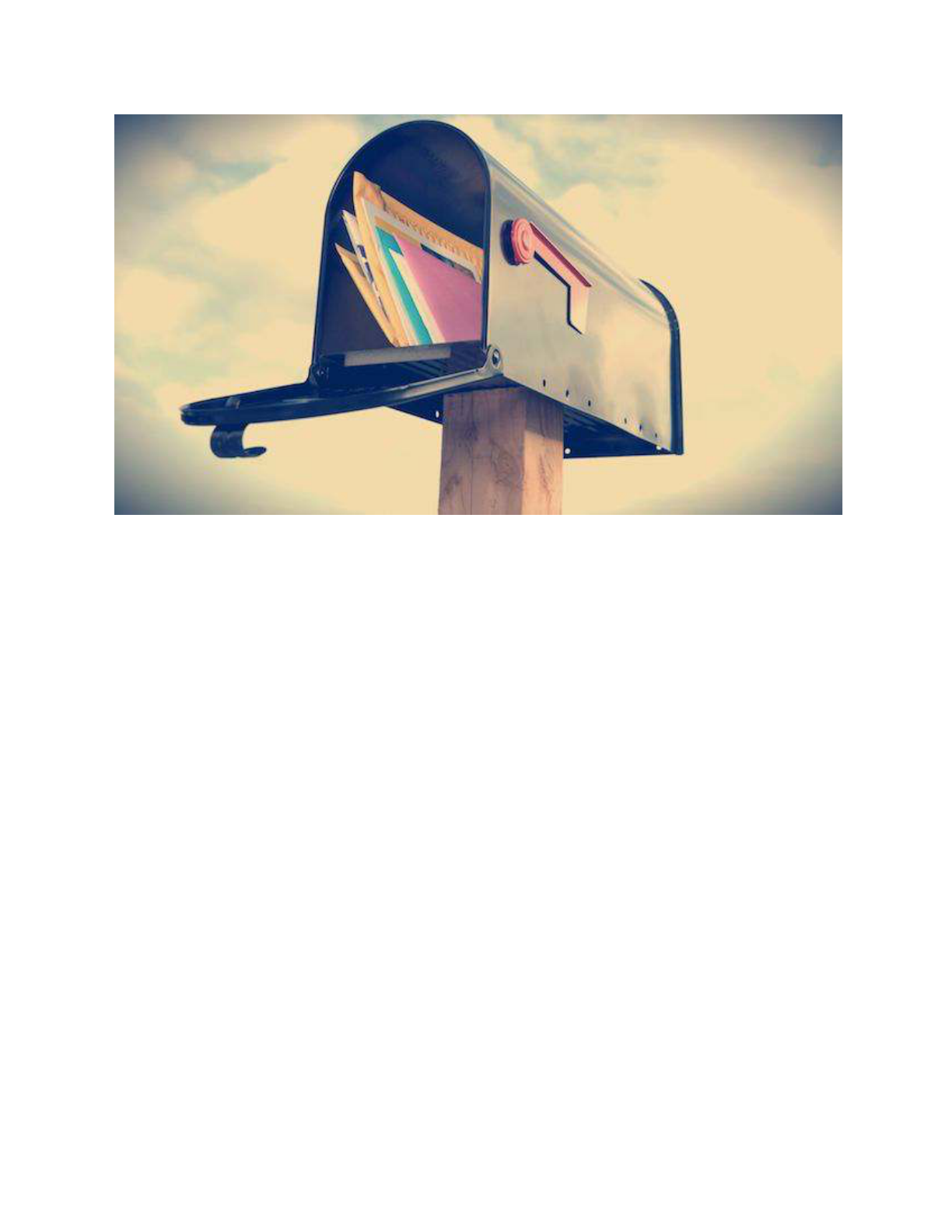
Conclusion
Hopefully by now you have a good idea of how to get started with your direct mail
campaign. However, just in case you are still confused, let me give you a quick and dirty
10 step process for getting your direct mail campaign going:
1. Establish your budget.
2. Decide on WHO you want to target.
3. Decide HOW you want to target them (Postcards, Yellow Letters, etc).
4. Buy your list (or get it free).
5. Plan your split test (optional).
6. Print your letters/envelopes OR hire it out.
7. Answer calls.

8. Track responses from the split test.
9. Continue to mail to the list on a regular basis.
10. Land your deal.
By following this 10 step process, and continually testing and tweaking different aspects
about your direct mail campaign, you'll be able to maximize your return, attract new
leads, and grow your business to new heights.
Direct mail can, and should be, a major lead generator for your business and hopefully
the past 4000 words has given you the tools needed to find success with direct mail.
If you have any questions, I invite you to leave them below in the comments. However, I
also recommend heading over to the BiggerPockets Forums, where real life direct
marketers with hundreds of years of combined experience hang out and offer answers to
your questions!
Great Direct Mail Resources
Must-Read Articles on Direct Mail
● 10 Commandments for Your 2014 Direct Mail Campaigns by Joy Gendusa
● How to Get Started with a Direct Mail Marketing Campaign for Your Real Estate
Business by Chris Feltus
● How to Successfully Use Direct Mail In Your Real Estate Business by Sharon
Vornholt
● Real Estate Marketing: One Size Doesn’t Fit All by Sharon Vornholt
Must-Read Forum Discussions on Direct Mail

● "Dumb question" about my Direct Mail Campaign
● Best Campaign for Direct Mail Results?
● Finding Motivated Sellers (My List)
Podcasts with Heavy Focus on Direct Mail
● BP Podcast 058: Flipping and Wholesaling Homes While Working Full Time with
Justin Silverio
● BP Podcast 042: Building a Monster Wholesaling Business with Mike Nelson
● BP Podcast 037: Full Time Income, Part Time Lifestyle Real Estate Investing with
Aaron Mazzrillo
● BP Podcast 033: How to Close 27 Deals in Your First Year While Working Full
Time with Sam Craven
● BP Podcast 022 – Building a Marketing Machine, Spec Houses, Flipping &
Wholesaling with Tucker Merrihew
● BP Podcast 018 : Flipping, Marketing, and Wholesaling with Danny Johnson
● BP Podcast 012 : Wholesaling and Marketing with Sharon Vornholt
● BP Podcast 002: Starting Out with Karen Rittenhouse – Subject To, Direct Mail,
and Investing from a Woman’s Perspective
Direct Mail Printers
● PostcardMania.com
● VistaPrint.com

● Click2Mail.com
● YellowLetters.com
List Building Resources
● Listsource.com
● USLeadsList.com
● MelissaData.com
● RealQuest.com
Photos: FreeDigitalPhotos.net, DepositPhoto.com,?ethan, jev55, & terrellcwoods
